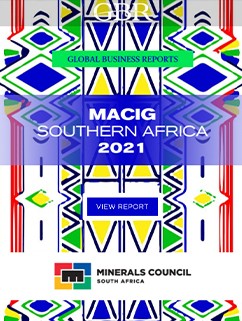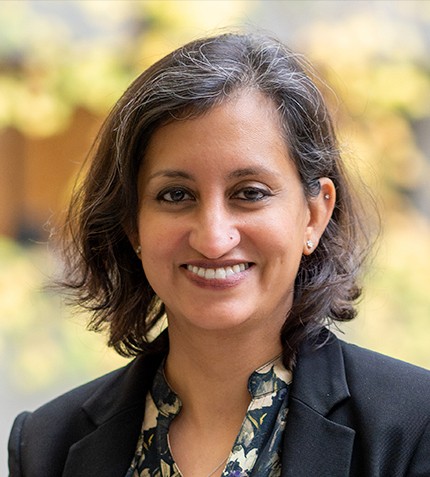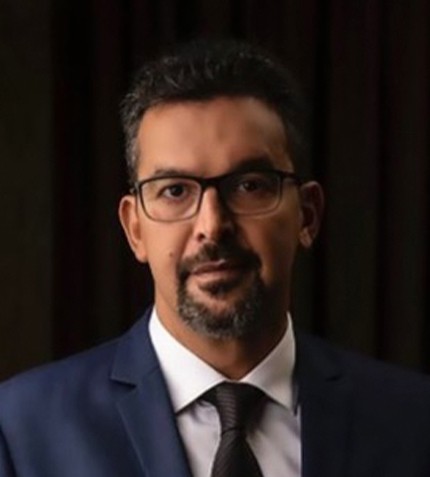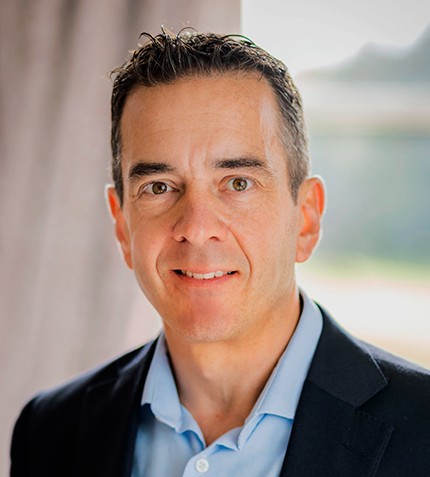
"The South African mining charter promotes local equipment manufacturing, which is also a great benefit not only for the country but also for communities surrounding mining operations."
RELATED PUBLICATION
Christina Zondi & Mncedisi Makhamba
DIRECTORS, DRILL ROD SPECIALIST (DRS)
Can you give an overview of Drill Rod Specialist (DRS) and the company’s role in the mining sector?
MM: DRS was established in 2014 and is based in South Africa. Christina Zondi and I used to work for Sandvik, which in 2014 decided to move some of the locally manufactured products to factories that can produce at a lower cost. We thus saw a gap in the local manufacturing market and decided to start our venture with the help of Sandvik through an enterprise development program. Our currently manufactured products are predominantly used for conventional mining in South Africa and other Southern African countries. The local demand for our products, coupled with the local mining charter requiring local procurement and participation of indigenous black South Africans in the economy, allowed for DRS to be established and to enter a partnership with Sandvik. Local content laws have significantly facilitated the growth of DRS.
We recently opened a new factory in a mining community jointly owned by DRS, the local community, and employees. We are proud of this achievement and are following a trend to localize in South Africa and within the host community so that they can benefit from operations and participate in the equipment supply value chain.
Can you elaborate on the wear and tear of rubber collar and forged collar drill rods and how you are able to ensure quality?
CZ: We use high carbon steel manufactured by ArcelorMittal, South Africa’s local steel manufacturer. They have mastered producing hollow steel of the highest quality compared to other steel manufacturers around the world. Our high carbon steel products have exceptionally high wear resistance since it also has alloy elements such as chromium, vanadium and molybdenum. Wear and tear also depend on the application of the rods, and water in gold mines is more corrosive than that in, for example, platinum mines, which affects the lifespan of the material.
MM: Our product is consumable, which means that it is used once. We do refurbishing as well, and rods can be refurbished approximately two times for reuse, as long as it still meets high-quality specs. Refurbishment reduces the cost of mining as well as the carbon footprint of our product.
What differentiates DRS in the competitive market?
MM: DRS offers a high-quality product due to the IP that has been transferred from Sandvik. This IP has been developed over the past 50 years. In addition, we have great product knowledge through our extensive experience at Sandvik and being in the business for seven years. Another differentiator is the volumes we can produce due to our partnership with Sandvik. The economies of scale in producing high volumes makes our pricing quite competitive in the market.
How would you describe the overall health of the South African mining industry?
MM: Mines closed or reduced volumes due to the pandemic, but we see these mines re-open and again increase volumes because of the commodity prices. The worldwide mining industry is currently in a fortunate position compared to other sectors due to high commodity prices. The South African mining charter promotes local equipment manufacturing, which is also a great benefit not only for the country but also for communities surrounding mining operations.
CZ: We are seeing an excellent collaboration trends in the South African mining industry. We have already discussed with another local underground product manufacturer to collaborate and offer a broader solution to mining houses. South Africa hosts rich mineral geology, and there is still significant opportunity for exploration around the country. More exploration will be beneficial for the growth of the economy and the local mining equipment value chain.
What is DRS’ growth strategy for the upcoming years?
MM: DRS will continue developing its current model based on encouraging local community participation. We are willing to share and transfer knowledge to see the growth of the mining industry and value chain across Africa. We want to give back to and incorporate communities so that everyone benefits from the mining process.











